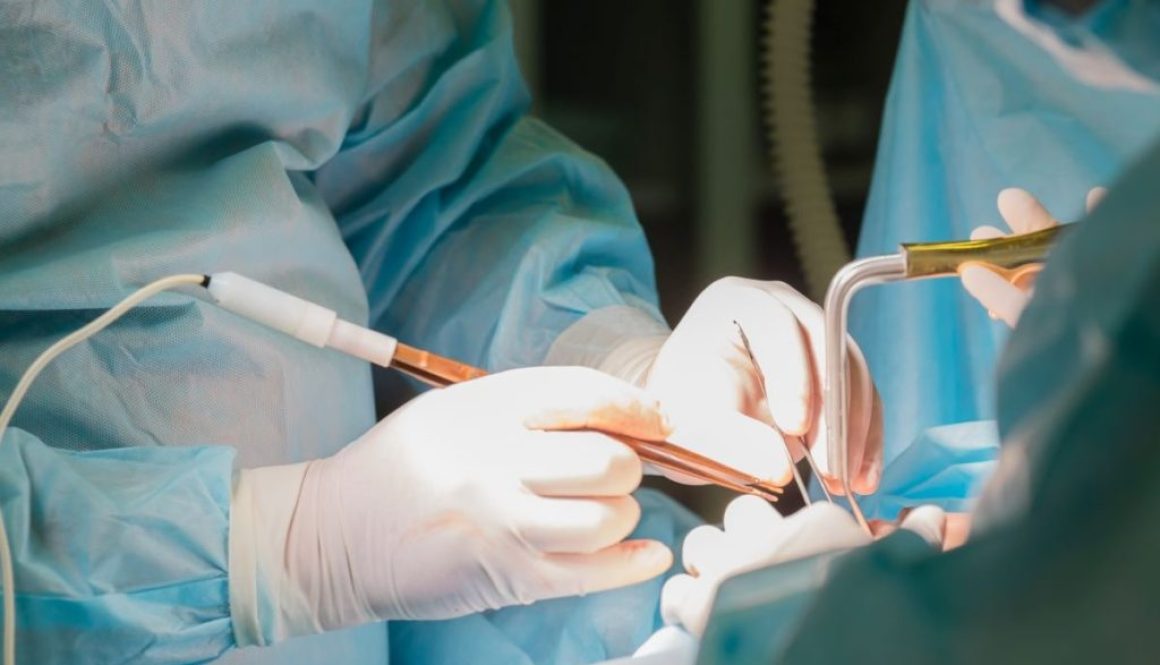Liposuction is primarily a body contouring procedure rather than a weight loss method. While it can remove fat from specific areas of the body, the amount of weight lost is typically modest. On average, liposuction can remove 2 to 5 kilograms (4 to 11 pounds) of fat, depending on the individual and the areas being treated.
The focus of liposuction is to treat areas where fat is resistant to diet and exercise, rather than to cause significant weight loss. It’s generally recommended for people who are near their ideal body weight but have localised fat deposits they want to reduce.
It’s important to note that liposuction does not prevent future weight gain. Maintaining a stable weight through a healthy lifestyle is key to preserving the results.
Liposuction is Not a Weight Loss Solution
One of the biggest myths surrounding liposuction is that it is a weight loss procedure. In reality, liposuction is designed to target localised fat deposits that don’t respond to diet and exercise. These are often in areas like the abdomen, thighs, hips, arms, or under the chin. The amount of fat removed during liposuction is relatively small, focusing on body shape and proportions, not drastically reducing body weight.
How Much Weight Will You Lose?
On average, most people lose between 2 to 5 kilograms (4 to 11 pounds) of fat during liposuction, depending on the number of areas treated and the volume of fat removed. In some cases, more fat can be removed, but there are safety limits to how much fat can be safely extracted during a single procedure.
It’s also important to note that fat is not as dense as muscle or bone, so while a significant volume may be removed, the actual weight loss may not be as substantial as expected. This is why liposuction is better thought of as a body contouring procedure rather than a method to lose large amounts of weight.
Factors That Affect Fat Removal
The amount of fat that can be removed safely during liposuction depends on several factors:
- Body Type: Individuals with firm, elastic skin tend to achieve better contouring results. Loose or saggy skin may not respond as well, and may require other procedures for optimal results.
- Number of Areas Treated: The more areas treated during liposuction, the more fat that can be removed. However, removing fat from multiple areas also increases recovery time and risks.
- Surgeon’s Expertise: Experienced plastic surgeons will know how to remove enough fat to achieve a smooth, sculpted look without going beyond safe limits.
Liposuction and Long-Term Results
Although liposuction can remove fat cells from specific areas, it’s not a permanent solution if lifestyle changes aren’t maintained. Fat cells do not regenerate in the areas treated, but the remaining fat cells in your body can still expand if you gain weight. Therefore, maintaining a healthy diet and regular exercise routine is essential to preserve the results of your liposuction.
The Bottom Line
Liposuction is most effective when used as part of a broader plan that includes maintaining a healthy lifestyle. While it can provide excellent results for reducing stubborn fat deposits, the key to long-term success lies in your commitment to healthy eating and regular exercise.
If you’re curious about liposuction and whether it’s right for you, consult with Ashbury Cosmetics today!




